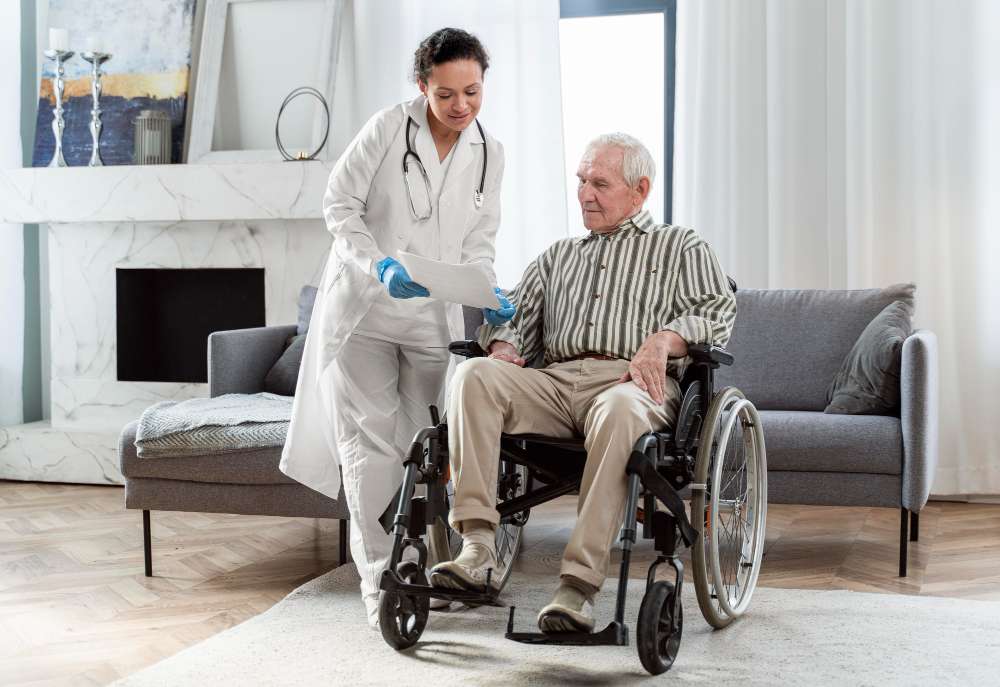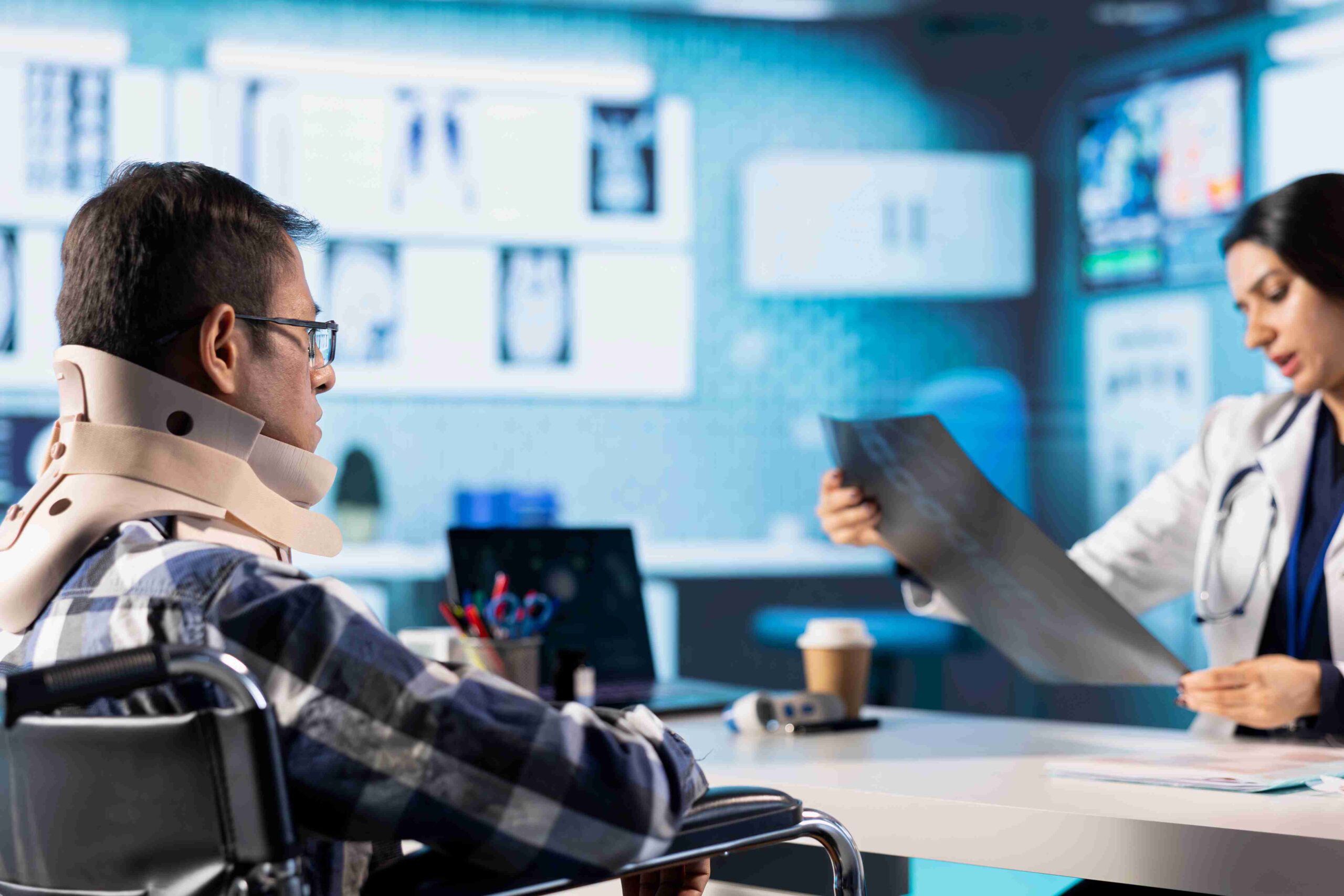
Last updated on by MRC
Spasticity, often associated with neurological conditions such as cerebral palsy, stroke, and traumatic brain injuries, is a condition that can significantly impact an individual’s quality of life. In this article, we’ll delve into the essential role that physical therapy plays in managing spasticity and improving the lives of those affected.
Spasticity is characterized by muscle stiffness and involuntary contractions, making it difficult for individuals to control their movements. This condition can result from various neurological conditions, disrupting the balance of signals between the nervous system and muscles. It can range from mild muscle tightness to severe spasms, affecting daily activities and mobility.
Physical therapy is a cornerstone in the management of spasticity. Its primary goals are to reduce muscle stiffness, enhance mobility, and ultimately improve the overall quality of life for individuals dealing with spasticity. Physical therapists play a crucial role in achieving these goals.
One of the strengths of physical therapy is its ability to provide tailored treatment plans. Each individual’s experience with spasticity is unique, and a personalized approach is essential. Physical therapists work closely with patients to understand their specific needs and goals, ensuring that the treatment plan addresses their priorities effectively.
Physical therapists employ a wide range of techniques to manage spasticity effectively. These techniques include stretching exercises, strengthening exercises, and manual therapies. Stretching exercises focus on improving muscle flexibility, while strengthening exercises target weak muscles to provide better joint stability. Manual therapies, such as massage and myofascial release, can also offer relief from muscle tightness.
In conclusion, the Medical Rehabilitation Center, a leading Physiotherapy Clinic in Kolkata, plays a crucial role in managing spasticity and enhancing the lives of those affected. Through tailored treatment approaches and a diverse range of effective techniques, the skilled therapists at this renowned clinic empower individuals to regain mobility and alleviate the discomfort associated with spasticity.
The emphasis on personalized care and the seamless collaboration between therapists and patients are key factors contributing to the success of the Medical Rehabilitation Center in significantly improving the quality of life for individuals living with spasticity.









